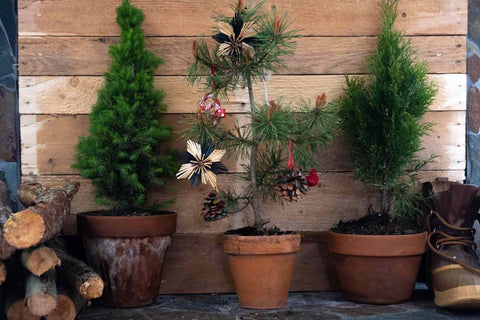Introduction: The Whisper of Chamomile in the Garden
In the world of herbs, few carry the soothing essence and healing touch quite like chamomile. With delicate flowers and a fragrance that whispers of tranquility, chamomile is not just a garden beauty but a medicinal marvel. Join us on a journey through the characteristics, benefits, and art of cultivating chamomile in your very own garden.The following content also has some reference value for raised garden beds.
Chamomile Characteristics: A Symphony of Serenity

1. Floral Elegance:
- Chamomile flowers, with their daisy-like appearance and golden center, add a touch of elegance to any garden. The petals seem to dance in the breeze, creating a serene atmosphere.
2. Fragrance of Peace:
- The aroma of chamomile is a balm for the senses. Its sweet, apple-like scent not only graces the garden but also holds therapeutic properties, contributing to its widespread use in aromatherapy.
3. Two Varieties:
- There are two primary types of chamomile: German chamomile (Matricaria chamomilla) and Roman chamomile (Chamaemelum nobile). German chamomile is an annual plant with feathery leaves and is often taller, while Roman chamomile is a perennial with low-growing, creeping habits.
4. Medicinal Leaves:
- Beyond its flowers, chamomile leaves also boast medicinal properties. When dried, they can be used to make infusions or added to teas, enhancing the therapeutic potential of this gentle herb.
Chamomile's Healing Embrace: Benefits and Uses
1. Calming Tea:
- Chamomile tea is renowned for its calming properties. Sipping on a warm cup can help alleviate stress, anxiety, and promote restful sleep.
2. Digestive Aid:
- Chamomile has a long history as a digestive aid. It can help soothe upset stomachs, alleviate gas, and ease indigestion.
3. Anti-Inflammatory Power:
- The anti-inflammatory compounds in chamomile, such as chamazulene, make it effective in relieving inflammation. This quality extends to skincare, where chamomile can soothe irritated skin.
4. Gentle Sleep Aid:
- As a natural sleep aid, chamomile helps induce relaxation, making it a gentle remedy for those struggling with insomnia or restless nights.
5. Immune Support:
- Chamomile's antioxidant properties contribute to immune support. Regular consumption can help bolster the body's defenses against common ailments.
Cultivating Chamomile in Your Garden: A Guide to Homegrown Tranquility

1. Choosing the Right Variety:
- Decide whether you want to grow German chamomile or Roman chamomile based on your garden's conditions and your preferences. Both varieties share similar benefits, so the choice is often a matter of personal taste and the specific characteristics of your garden
2. Ideal Growing Conditions:
- Chamomile thrives in well-drained soil and prefers full sun but can tolerate partial shade. It's a relatively low-maintenance herb, making it suitable for both experienced and novice gardeners.
3. Propagation:
- Chamomile can be grown from seeds or seedlings. Sow the seeds directly in the garden after the last frost, or start them indoors and transplant once the seedlings are robust enough.
4. Watering and Care:
- Keep the soil consistently moist but not waterlogged. Chamomile generally doesn't require excessive watering. Regular deadheading of spent flowers encourages continuous blooming.
5. Harvesting Chamomile:
- Harvest chamomile flowers when they are fully open but not yet faded. Pick the flowers in the morning after the dew has dried for the highest concentration of essential oils.
6. Preserving Chamomile:
- Dry chamomile flowers by hanging them upside down in a cool, dark place. Once dried, store them in airtight containers for future use in teas, infusions, or homemade skincare products.
Conclusion: Chamomile's Timeless Elegance
In the garden, chamomile stands as a testament to the beauty and healing potential found in nature's embrace. Its characteristics, from delicate blooms to a calming fragrance, paint a portrait of timeless elegance. As you cultivate chamomile in your garden, you not only invite a tranquil presence but also unlock a treasure trove of benefits that can enhance your well-being. So, let chamomile be not just a herb in your garden but a companion on your journey to serenity—one gentle sip or fragrant breeze at a time. As you tend to this herb, may your garden echo with the whispers of chamomile, and may its soothing touch find its way into your daily rituals, creating moments of calm and connection with the natural world.









